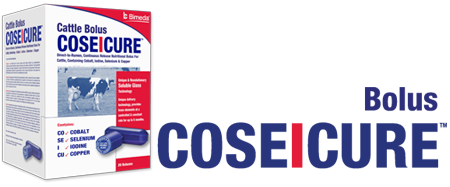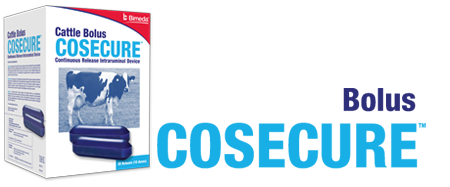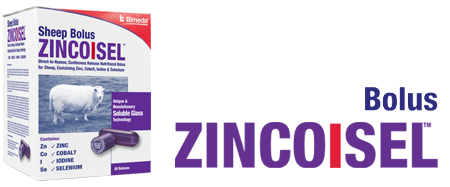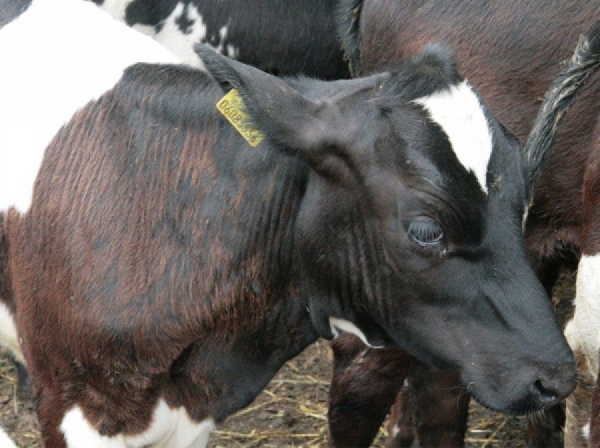From speaking to farmers around the UK, and from looking at the results of market research we have conducted, I know that some farmers would like more information about what form of trace element supplementation is best for their herd. With ever-increasing pressure on the milk price, as well as squeezed profits in every farming sector, it is absolutely critical that farmers are selecting products that they can trust to provide a consistent level of trace elements to their cattle. While the importance of ensuring optimum trace element levels is widely understood, I find that many farmers are unaware that peaks and troughs of supplementation can have a negative impact on fertility, so products than cannot guarantee consistency should be avoided. Where it has been identified that trace element supplement is required, it is vital that farmers choose a supplementation method that can be relied on to provide the same levels of trace elements every single day. Let’s take a look at the options available.
Oral Drenches
Drenches can seem like a cheap and convenient option. However, for trace elements which cannot be stored in the body, such as cobalt or iodine, they are not appropriate to treat deficiencies, as a form of continuous supplementation must be provided.
For example, the body has no capacity to store cobalt. This means that if you provide cobalt via a drench, any cobalt that the body cannot use will simply be passed out in the faeces, making the drench a false economy for the farmer. Frequent dosing is required, which increases costs to the farmer, both in terms of the drench itself and labour required.
Free Access Systems, Such as Licks and Blocks
Where a need to supplement trace elements has been established, we need to ensure that all animals receive an amount of trace elements which is compatible with their daily requirements. Too much of a trace element can prove toxic; too little and the deficiency will not be addressed. Furthermore, variable intakes can have a negative impact on fertility.
Unfortunately, the free access lick and block systems cannot that ensure each animal receives the same level of trace elements. In fact, an independent study highlighted that intakes between animals are extremely variable, with some consuming nothing and others consuming excessive quantities.1
Injections
Injections can be suitable for targeted administration in conjunction with the advice of your vet. They can be appropriate where only a single trace element, such as copper or selenium is required.
Pasture Dressing and Water Supplementation
Like blocks and licks, these forms of supplementation suffer from variable intakes. This is problematic as some cattle may consume trace elements in excess while some may not consume enough.
In Feed Supplementation
Trace elements can be provided by the provision of TMR, concentrates or bag minerals.
Often these are specified based on ‘averages’ or ‘common requirements’ as opposed to being based on what has been determined is deficient and required on farm. Ideally these mixes should be prepared based on an investigation in to the animals’ trace element status and requirements. This method can add significantly to the cost of production.
Trace Element Boluses
Boluses provide an convenient, cost-effective and controlled method of trace element supplementation.
A good quality bolus will provide the same amount of trace elements every single day for the duration of the bolus.
Bimeda soluble glass cattle boluses provide exactly the same amount of trace elements every single day for up to 6 months. This means there are no variable intakes and no guesswork for the farmer. This is particularly important for animals requiring cobalt and iodine which cannot be stored in the body and therefore a daily supply is required.
Their long-lasting nature is also highly convenient and reduces labour costs as repeated treatments are not required during the life of the bolus. As the same amount of trace elements are supplied every day, there are no peaks and troughs of supplementation, which could impact negatively on fertility. As the boluses last for us to 6 months, I advise supplying the boluses twice a year, where a need for supplementation has been established.
Bimed offers the Coseicure Cattle bolus which supplies rumen-available copper, cobalt, selenium and iodine.
It is also vital to remember that trace elements should only ever be supplied where a need for supplementation has been established. For further advice on trace element nutrition, consult with your vet or SQP.
Bimeda can be contacted at: Bimeda, Unit 2, Bryn Cefni Industrial Park, Llangefni, Anglesey,
LL777XA. Tel 01248 725 400.
SOURCES:
1. McDowell, 1992



